
Kitchen cabinets are complicated. Whether you go to Home Depot or Christopher Peacock, when the sales associate starts telling you stuff that you can’t understand, it seems impossible to make an informed decision. So here are seven things you need to know before you walk in to look at cabinets.
- Box construction. This is the heart of the cabinet. Most cabinets are made from particle board. The best cabinets are made from thick, furniture grade plywood. When someone tells you the cabinets are solid wood, they mean plywood. But the critical element is not which material is used. It’s what quality of the material is chosen and, most important, how well made the box is. Very few of the least expensive cabinets have all four sides aligned properly. The carpenter has to make them look right when installing them. In most cases, the difference in cost between different cabinet manufacturers is based more on the features offered than any cost difference in box materials.
- Framed versus frameless cabinets. Framed just means that there is a frame that outlines the cabinet box and divides the cabinet If the box is wide enough for two doors, the frame will divide the two doors. Frameless construction, as the name implies, doesn’t frame the door. Frameless cabinets offer a more contemporary look and it’s a little easier to put dishes away in frameless cabinets, but one style is not inherently superior to the other.
- Frame styles with doors. Full overlay doors cover the entire face frame — or the entire box front on frameless cabinetry — leaving only a sliver of space between doors and drawers. With partial-overlay cabinets, the doors cover the face frame by half an inch, and the frame shows all the way around the door. Full-inset cabinets have drawers and doors that fit flush with the face frame. Because this technique requires patience and precision during construction, full inset is usually available only in custom cabinetry.
- The hinges that hold the doors to the cabinet should not matter to you. The manufacturer is going to use the appropriate hinge for the cabinet and door style. Make sure you get a soft close hinge because they protect the doors from slamming and they are kind of cool.
- Drawers. The best quality drawers are solid wood, dovetail (joined with overlapping, interlocked tenons) construction with full extension, undermount glides. They use either a nylon or metal ball bearing to control the glide. High-quality drawers also close softly like cabinet doors.
- Cabinet finishes can be natural, stained, painted or glazed (first painted then stained to add highlights and soften the color). The price goes up in the order of the options I just listed.
- Doors are the most confusing. They can be described as slab, mitred, solid panel, veneered panel, plank, raised panel, frame only, inset, rabbeted, overlay. To make matters worse, doors can have two or three of these features. The terminology is so confusing that pictures work best to show you the different kinds of doors.
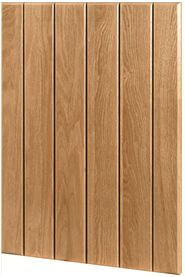 |
A plank door |
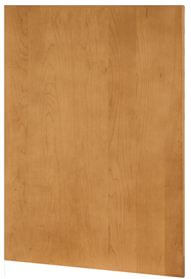 |
A slab door |
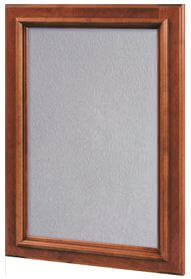 |
A frame only, mitred door (there is a 45 degree angle where the corners meet). |
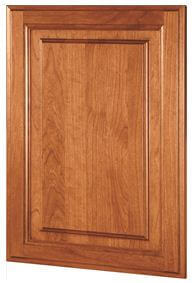 |
A flat panel veneer door. The panel is a quarter of an inch thick, so it’s considered veneer. The panel is recessed in from the exterior frame. Notice that this door has the stiles, the vertical pieces on the sides, laid next to each other, not mitred at 90 degree angles. |
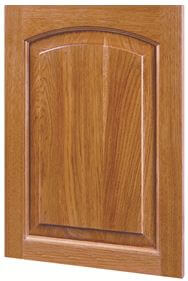 |
A raised panel door. The panel in the center of the door is raised and it’s the same thickness as the stiles (the side panels). |
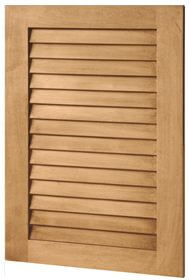 |
A louvered door. The louvers allow air into the cabinet. |


